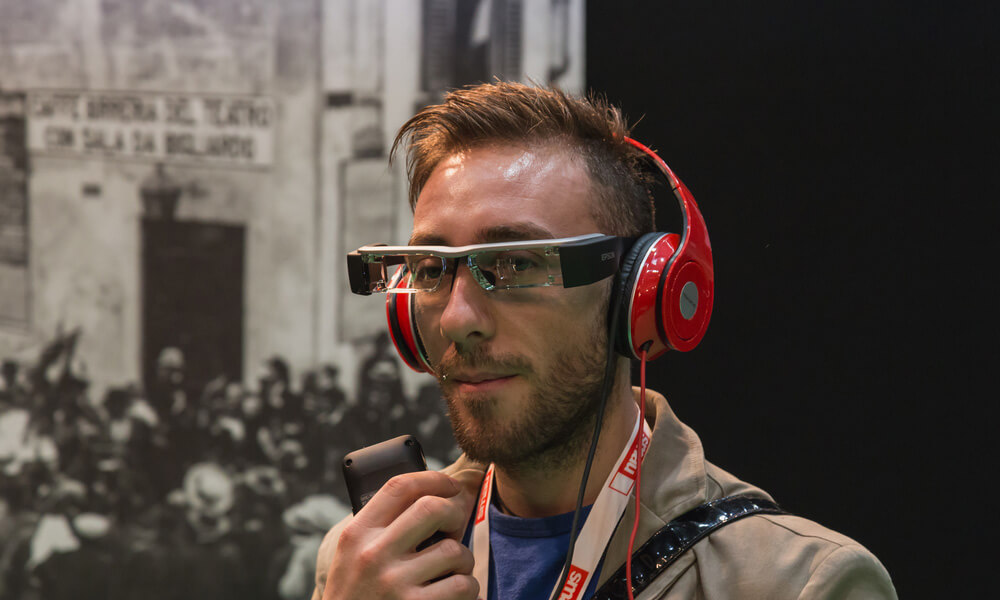AR is revolutionizing the retail landscape by offering customers interactive and immersive experiences that were once unimaginable.
In today’s fast-paced digital era, technology has become an integral part of our daily lives. One such groundbreaking innovation, Augmented Reality (AR), is not only transforming the way we interact with the digital world but also reshaping the retail industry. AR is revolutionizing the retail landscape by offering customers interactive and immersive experiences that were once unimaginable. In this blog post, we’ll explore how AR technology is breathing new life into retail spaces, enhancing customer engagement, and ultimately redefining the way we shop.
The AR Advantage in Retail
Augmented Reality technology overlays digital information, such as images, sounds, or videos, onto the real world. This fusion of the virtual and physical realms enables retailers to create dynamic and engaging experiences for their customers. Here’s how AR is reshaping the retail industry:
- Virtual Try-Ons:AR-powered virtual try-ons are revolutionizing the way customers shop for clothing, accessories, and even makeup. Retailers like Sephora and IKEA have integrated AR into their apps, allowing customers to virtually try on products before making a purchase. This not only enhances the customer’s confidence in their selection but also reduces the number of returns, benefitting both the customer and the retailer.
- Interactive Product Demonstrations:AR enables retailers to provide interactive demonstrations of their products. For instance, a furniture store can use AR to show customers how a piece of furniture would look in their own homes. This not only adds a fun element to the shopping experience but also helps customers make more informed decisions.
- Enhanced In-Store Navigation:AR-powered apps can guide customers through the store, helping them locate specific products or categories. This not only saves time for the customer but also ensures they have a seamless and stress-free shopping experience.
- Personalized Recommendations:AR can analyze customer data and provide personalized product recommendations in real-time. This creates a more tailored shopping experience, increasing the likelihood of conversion and customer satisfaction.
- Immersive Marketing Campaigns:Retailers are leveraging AR to create immersive marketing campaigns that captivate customers and leave a lasting impression. For example, companies are using AR to bring their print advertisements to life, allowing customers to interact with the products in a whole new way.
- Bridge the Online-Offline Gap:AR technology is blurring the lines between online and offline shopping. Customers can scan products in-store to access additional information, reviews, or even exclusive online-only discounts. This seamless integration of the digital and physical realms creates a more cohesive shopping experience.
- Engaging Storytelling:AR allows retailers to tell compelling stories about their products or brand. By overlaying information, videos, or animations onto physical objects, retailers can create an interactive narrative that captures the customer’s attention and fosters a deeper connection with the brand.
Conclusion
Augmented Reality is proving to be a game-changer in the retail industry, providing customers with interactive and immersive experiences that were previously only possible in science fiction. By embracing AR technology, retailers are not only enhancing customer engagement but also driving sales and brand loyalty.
As we move forward, we can expect AR to continue to evolve, offering even more sophisticated and personalized experiences for consumers. Retailers that adapt and embrace this technology will undoubtedly stay ahead of the curve and leave a lasting impression on their customers.
In this dynamic era of retail, Augmented Reality is more than just a tool; it’s a transformational force that is reshaping the way we shop, one immersive experience at a time. Embrace the future of retail – embrace AR!
